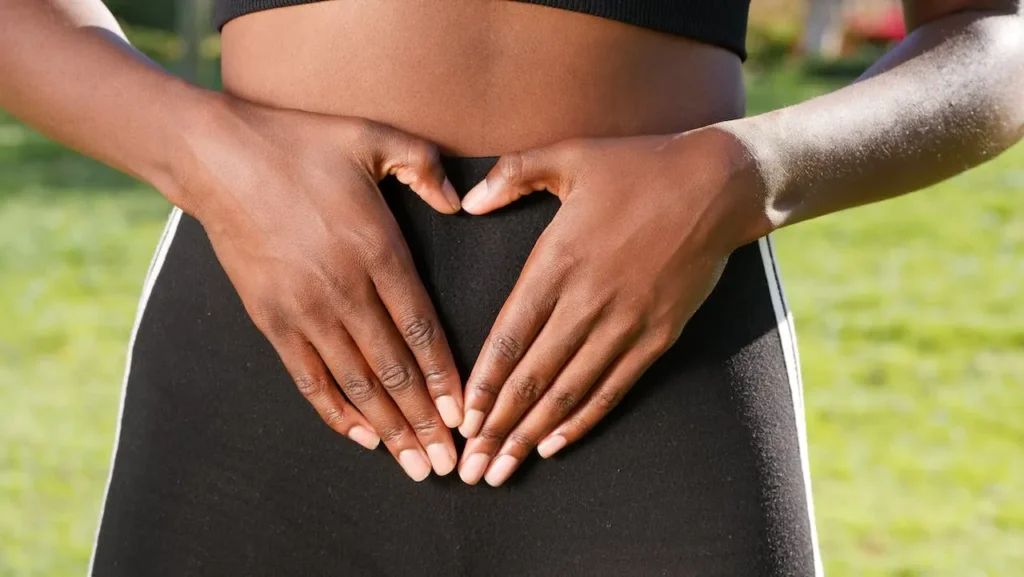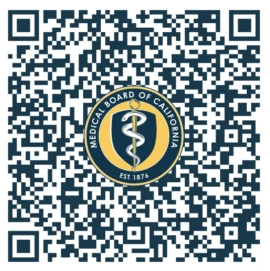Our digestive system is one of the many functional systems in our body, along with the nervous and circulatory systems. The digestive system is made up of the intestinal tract, canals and organs that aid in the digestion of the food you eat. The longest part of the digestive system is the tube that starts at the mouth and ends at the anus — the digestive tract. Along the way, the digestive tract will pass through the esophagus, stomach and both small and large intestines.
Within these organs, there lie several glands that secrete enzymes, which help break down and digest food particles. The digestive tract, too, has layers of muscles that help digest and break down food materials. These muscles contract and push the food along the digestive tract. This process is called peristalsis. In addition to the digestive tract, the liver and pancreas secrete digestive enzymes that are circulated throughout the intestinal tract. The liver’s digestive juices are stored in the gallbladder. Once they are needed by the small and large intestines, the gallbladder releases these enzymes.
During the digestive process, food enters the mouth to be ground by our teeth and broken down by our saliva. Thereafter, the food particles slide down the esophagus and into the stomach, where they will be broken down again by the stomach’s acid. The intestinal walls absorb the food’s useful nutrients. The leftover food is moved to the large intestine and will be flushed out through the anus.



